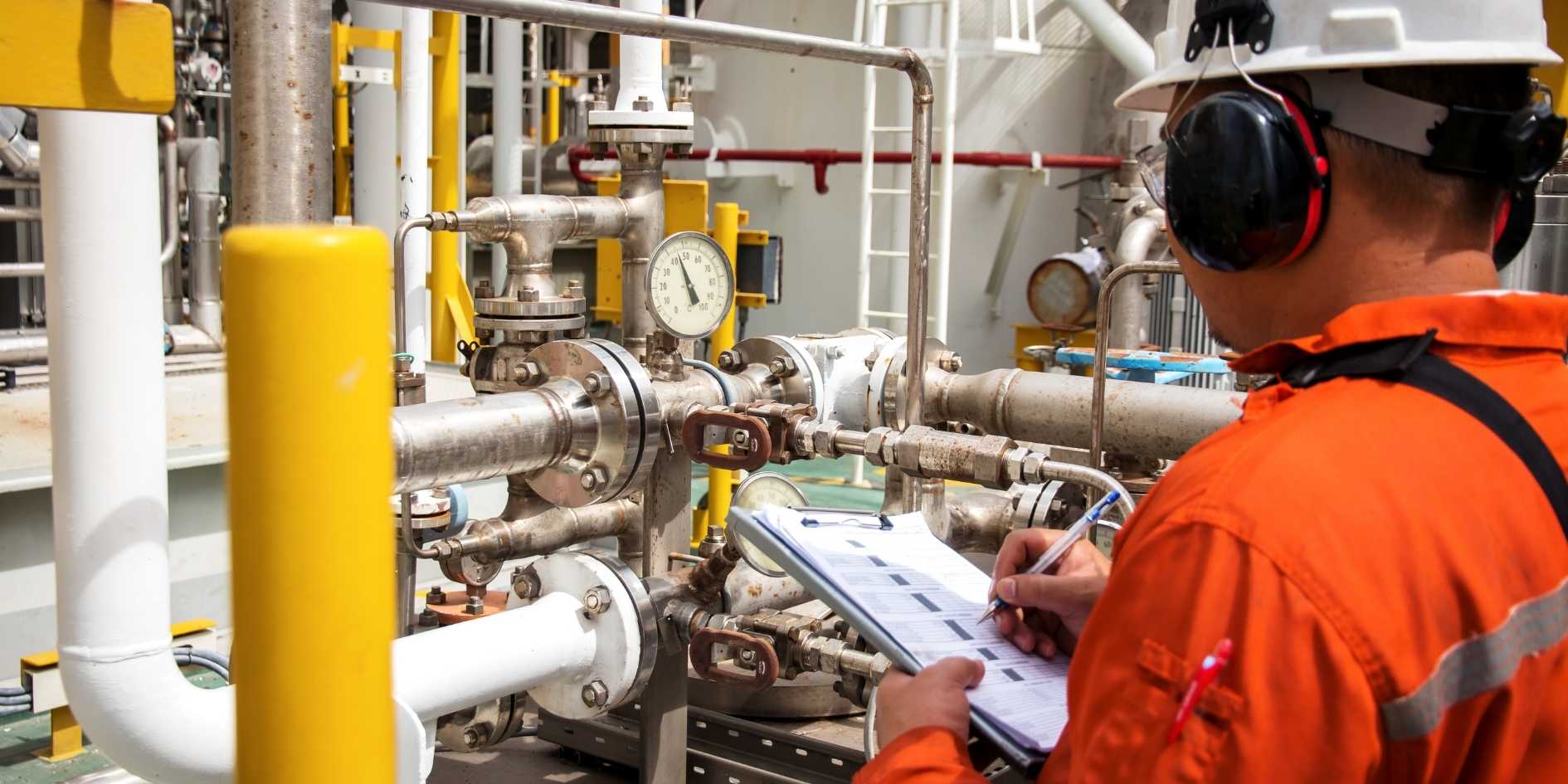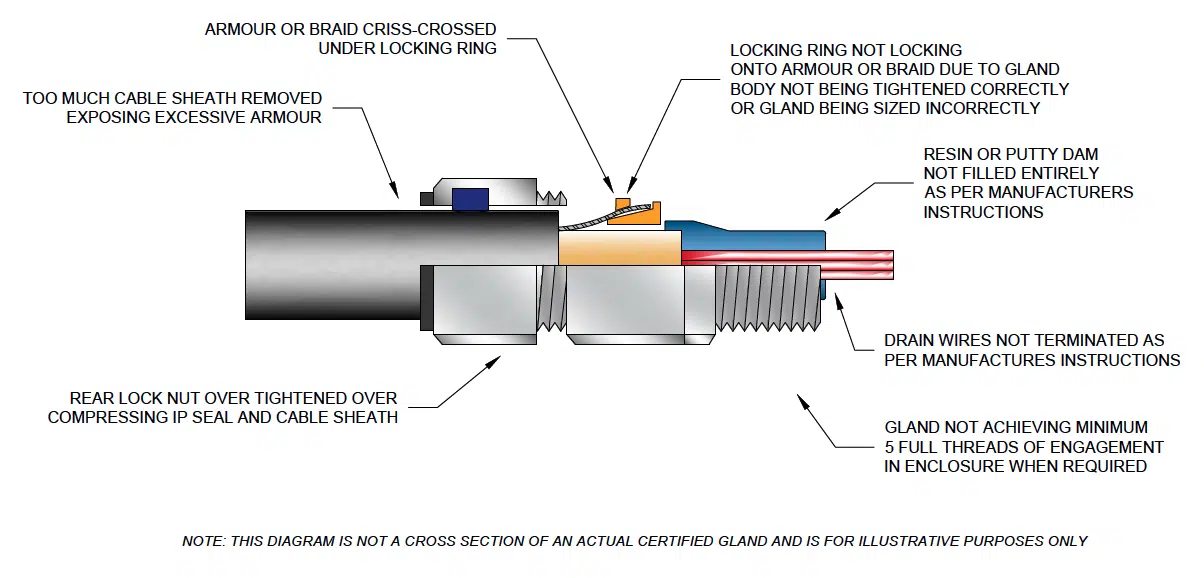Roar Solutions Fundamentals Explained
Roar Solutions Fundamentals Explained
Blog Article
All About Roar Solutions
Table of ContentsNot known Facts About Roar Solutions7 Simple Techniques For Roar SolutionsThe Basic Principles Of Roar Solutions
In such an ambience a fire or surge is feasible when 3 standard problems are satisfied. This is often described as the "unsafe location" or "burning" triangle. In order to safeguard setups from a prospective explosion a method of analysing and categorizing a possibly hazardous area is needed. The objective of this is to guarantee the correct selection and installation of devices to ultimately protect against a surge and to guarantee safety and security of life.
(https://sketchfab.com/roarsolutions)
No devices should be installed where the surface temperature of the devices is better than the ignition temperature level of the given risk. Below are some common dirt hazardous and their minimum ignition temperature level. Coal Dirt 380C 225C Polythene 420C (thaws) Methyl Cellulose 420C 320C Starch 460C 435C Flour 490C 340C Sugar 490C 460C Grain Dust 510C 300C Phenolic Material 530C > 450C Aluminium 590C > 450C PVC 700C > 450C Residue 810C 570C The likelihood of the risk existing in a concentration high sufficient to create an ignition will certainly vary from location to location.
In order to classify this risk a setup is split right into locations of threat relying on the amount of time the dangerous exists. These areas are described as Areas. For gases and vapours and dirts and fibres there are three areas. Zone 0 Zone 20 A harmful environment is very most likely to be existing and might exist for long durations of time (> 1000 hours each year) or also continuously Area 1 Zone 21 A dangerous ambience is possible but not likely to be present for long durations of time (> 10 450 C [842 F] A category of T6 implies the minimal ignition temperature is > 85 C [185 F] Hazardous location electric devices maybe created for use in higher ambient temperature levels. This would certainly suggested on the rating plate e.g. EExe II C T3 Ta + 60C( This suggests at 60C ambient T3 will not be exceeded) T1 T1, T2, T3, T4, T5, T6 T2 T2, T3, T4, T5, T6 T3 T3, T4, T5, T6 T4 T4, T5, T6 T5 T5, T6 T6 T6 A T Class score of T1 indicates the maximum surface area temperature level produced by the tool at 40 C is 450 C. Presuming the connected T Class and Temperature level rating for the devices are appropriate for the location, you can always use a tool with a more rigid Department rating than needed for the location. There isn't a clear response to this question however. It actually does depend upon the sort of devices and what repairs need to be performed. Equipment with particular examination treatments that can't be done in the area in order to achieve/maintain 3rd party score. Have to return to the factory if it is prior to the tools's service. Field Repair Service By Authorised Worker: Complicated testing may not be needed nonetheless specific treatments may require to be adhered to in order for the tools to maintain its third celebration score. Authorized employees must be used to perform the work correctly Repair service have to be a like for like substitute. New element need to be considered as a direct substitute calling for no unique testing of the devices after the fixing is complete. Each item of tools with a hazardous rating need to be evaluated independently. These are described at a high level below, but for more thorough details, please refer straight to the standards.
The Only Guide to Roar Solutions
The equipment register is a comprehensive data source of equipment documents that includes a minimum collection of areas to determine each item's area, technical parameters, Ex lover category, age, and ecological information. This info is essential for tracking and handling the tools efficiently within hazardous areas. On the other hand, for periodic or RBI tasting evaluations, the quality will be a mix of Comprehensive and Close examinations. The proportion of Thorough to Shut inspections will be determined by the Devices Threat, which is evaluated based upon ignition risk (the likelihood of a resource of ignition versus the possibility of a combustible environment )and the unsafe area category
( Zone 0, 1, or 2). This variation will also affect the resourcing requirements for job preparation. When Great deals are defined, you can create sampling plans based on the sample size of each Great deal, which refers to the variety of arbitrary tools things to be examined. To figure out the needed sample dimension, 2 elements need to be reviewed: the dimension of the Whole lot and the group of evaluation, which indicates the level of effort that ought to be applied( reduced, typical, or enhanced )to the evaluation of the Great deal. By combining the category of evaluation with the Lot size, you can then develop the appropriate rejection criteria for an example, suggesting the allowed variety of defective items discovered within that example. For even more information on this process, please refer to the Energy Institute Standards. The IEC 60079 basic recommends that the maximum period between examinations need to not go beyond three years. EEHA evaluations will additionally be performed outside of RBI campaigns as component of scheduled maintenance and equipment overhauls or fixings. These inspections can be attributed toward the RBI example sizes within the influenced Whole lots. EEHA assessments are carried out to identify mistakes in electrical tools. A heavy scoring system is important, as a solitary item of equipment might have multiple mistakes, each with varying degrees of ignition threat. If the combined rating of both assessments is less than two times the fault rating, the Great deal is deemed appropriate. If the Lot is still taken into consideration undesirable, it should undertake a full evaluation or validation, which may activate stricter assessment methods. Accepted Great deal: The sources of any type of mistakes are identified. If an usual failing setting is located, extra tools might call for maintenance. Mistakes are classified by seriousness( Safety and security, Integrity, Home cleaning ), ensuring that urgent concerns are evaluated and attended to promptly to alleviate any influence on safety and security or operations. The EEHA data source need to track and record the lifecycle of mistakes along with the corrective actions taken. Applying a robust Risk-Based Assessment( RBI )technique is important for making certain compliance and safety in taking care of Electric Equipment in Hazardous Locations( EEHA) (electrical refresher course). Automated Fault Rating and Lifecycle Monitoring: Effortlessly handle faults and track their lifecycle to improve assessment precision. The intro of this assistance for risk-based examination further strengthens Inspectivity's position as a best-in-class solution for regulatory conformity, along with for any asset-centric assessment use case. If you have an interest in discovering a lot more, we invite you to request a demonstration and discover just how our option can change your EEHA management procedures.
Roar Solutions Things To Know Before You Buy

In terms of eruptive risk, a dangerous area is an atmosphere in which an eruptive environment exists (or might be expected to be present) in amounts that require unique safety measures for the building and construction, installment and use tools. eeha. In this short article we explore the obstacles dealt great post to read with in the workplace, the threat control steps, and the required proficiencies to function safely
These materials can, in certain conditions, develop eruptive environments and these can have major and tragic repercussions. Most of us are familiar with the fire triangular get rid of any type of one of the 3 components and the fire can not take place, but what does this mean in the context of dangerous areas?
In most circumstances, we can do little about the levels of oxygen airborne, but we can have considerable influence on sources of ignition, as an example electric devices. Harmful areas are recorded on the harmful area classification drawing and are identified on-site by the triangular "EX-SPOUSE" indicator. Below, among various other vital details, areas are divided into three types depending on the hazard, the possibility and duration that an explosive ambience will certainly exist; Area 0 or 20 is regarded one of the most dangerous and Area 2 or 22 is considered the least.
Report this page